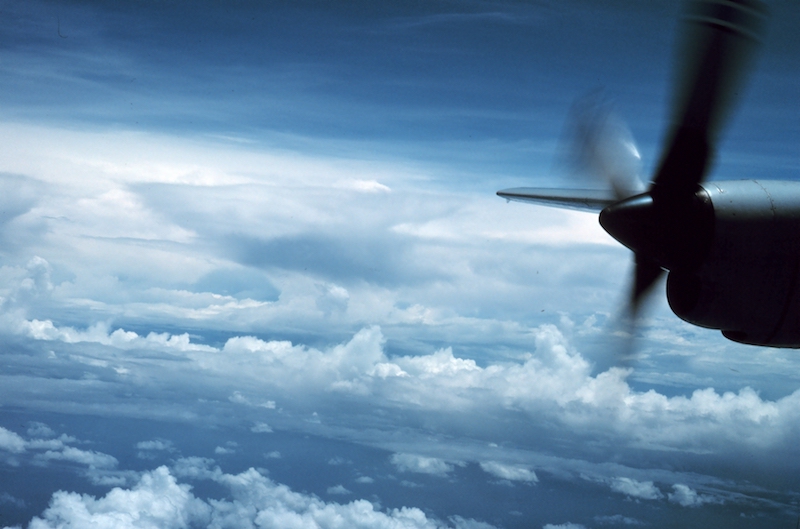The weather satellite age reached another big milestone in December when a series of new satellites (an eight-microsatellite constellation) was successfully launched into orbit.
According to the University of Miami’s Rosenstiel School of Marine & Atmospheric Science, the new system, known as CYGNSS (Cyclone Global Navigation Satellite System), “will make frequent and accurate measurements of ocean surface winds throughout the lifecycle of tropical storms and hurricanes. The constellation of eight observatories will measure surface winds in and near a hurricane’s inner core, including regions beneath the eyewall and intense inner rain bands that previously could not be measured from space because of the heavy precipitation.”
It’s not that this information had been unavailable. It’s just that it was costly and risky to send the famed U.S. Air Force Reserve Hurricane Hunter aircraft right into the storms to release dropsondes. This provided important information, but it was relatively limited. The National Oceanic and Atmospheric Administration’s perennially skimpy budgets made rationing their use a necessary evil, especially during busier-than-average hurricane seasons. The amount and quality of the data that will be generated by the new system, and the frequency and speed with which it will be received, will greatly improve forecasting capabilities.
The primary scientific goal, and motivation for the mission, is “to better understand how and why winds in hurricanes intensify.” This is very important information to have and the benefits from the scientific knowledge gained will be shared by people all around the world. For mariners specifically, it eventually will reduce some of the forecast uncertainty and likely allow them to operate more safely. It will provide a more clear understanding of what is happening within the storm when navigating in proximity to tropical cyclones. The usual six-hour forecast updates may move closer to real-time observations of when a storm is either rapidly intensifying, changing direction or speed-over-ground, or any combination of the three, and to what degree.
How important is that information? Utilized correctly it potentially could be the difference between life and death.




